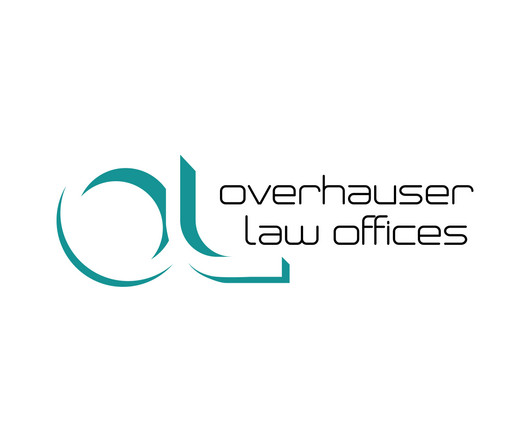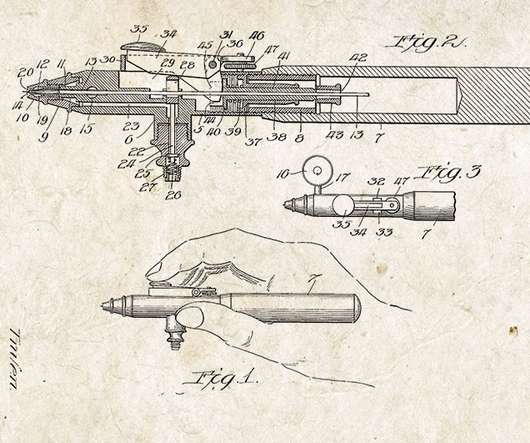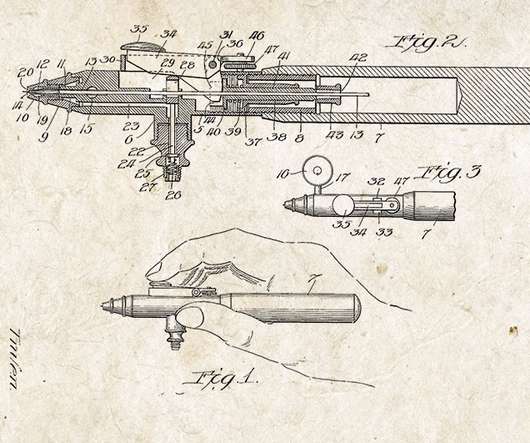Supreme Court Rules adaption of Warhol print not “fair use”
Indiana Intellectual Property Law
JUNE 1, 2023
The court’s decision has significant implications for artists and content creators, as it raises questions about the transformative nature of derivative works.














Let's personalize your content